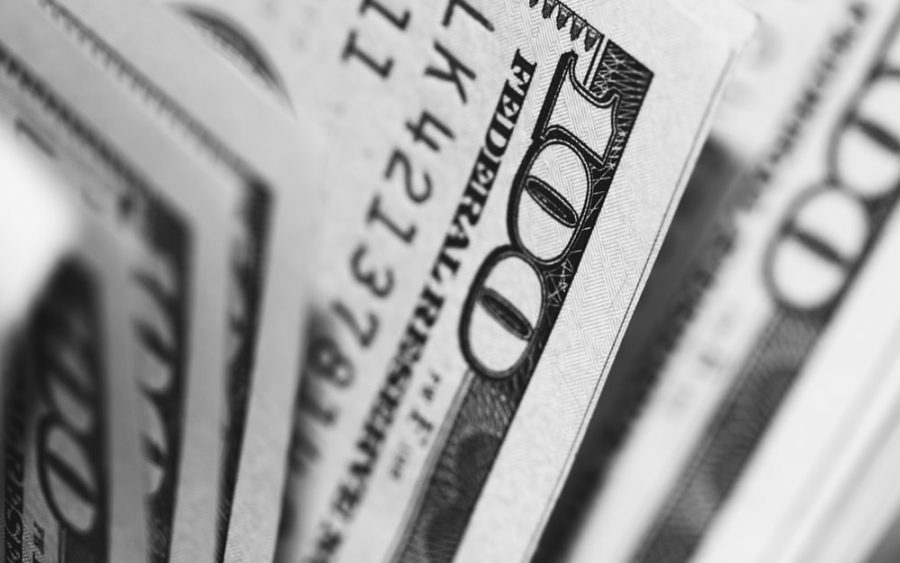White House Passes CARES Act, Plans Stimulus Payments for Millions of Americans
March 29, 2020
On Friday, President Trump signed the Coronavirus Aid, Relief, and Economic Security (CARES) Act into law. This unprecedented measure employs $2 trillion towards providing economic relief amid the COVID-19 outbreak in the US.
The CARES act is best known for its stimulus checks: payments of $1200 for Americans making $75,000 or less annually (up to $150,000 for joint returns and $112,500 for heads of households), as well as $500 for each child.
Stimulus checks, or checks sent to US taxpayers by the government to stimulate the economy, are not a new development. In 2009, the Obama administration sent out stimulus checks to prevent the unemployment rate from growing further in the aftermath of the 2008 financial crisis.
However, the CARES Act stimulus is far broader, allocating $301 billion towards payments for up to 93% of taxpayers. It is estimated that the payments will be sent out within the next couple of months.
The CARES Act entails far more than stimulus checks. Its largest allocation of funding goes towards corporate loans, at $454 billion. In addition, the plan leaves $349 in loans for small businesses.
To help support healthcare centers directly, the plan leaves $130 billion towards medical and hospital industries, especially to access medical supplies, devices and drugs. Among these devices are ventilators, which have seen a drastic shortage throughout New York, forcing doctors to share ventilators between patients.
On Wednesday, the CARES Act passed the Senate unanimously in a 96-0 vote. Four senators did not vote: Senator Rand Paul is in isolation after testing positive for COVID-19, Senators Mitt Romney and Mike Lee are in isolation after contact with Paul, and Senator John Thune was not present due to illness.
After passing the Senate on Wednesday evening, the House passed the bill by voice on Friday, when it was signed by President Trump later that day.



